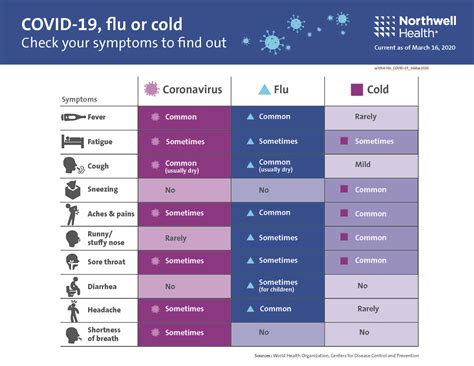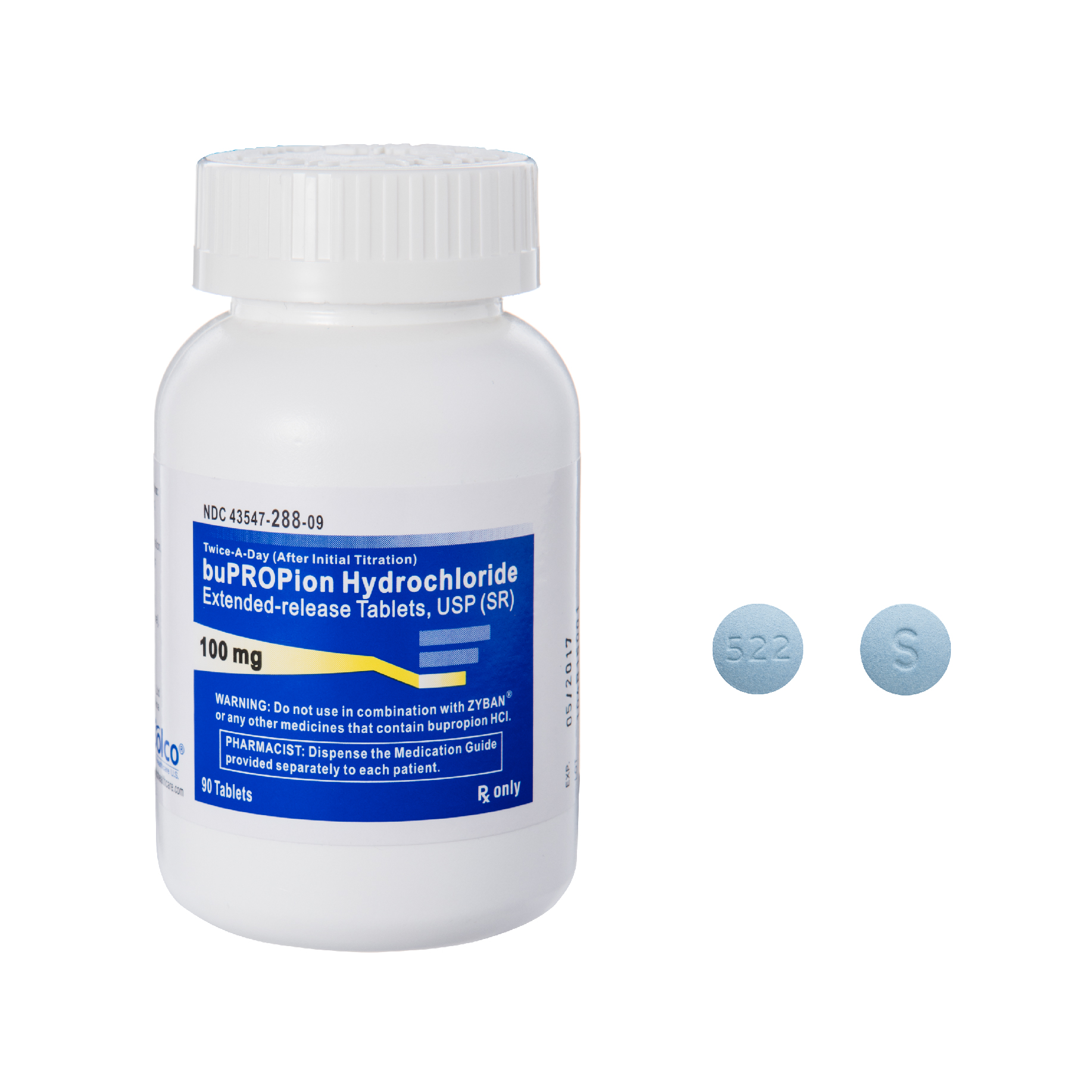The rise of COVID-19 has led to a significant amount of confusion regarding cold symptoms and their potential relation to the virus. As the world continues to navigate the complexities of the pandemic, understanding the differences between common cold symptoms and COVID-19 has become more crucial than ever. In this article, we will delve into the nuances of both, exploring their causes, symptoms, and implications for our health.
Understanding the Common Cold
The common cold, also known as acute rhinopharyngitis, is a viral infection that affects the upper respiratory system. It is one of the most frequent illnesses in humans, with adults averaging 2-4 colds per year and children experiencing even more. The common cold is caused by a variety of viruses, with rhinoviruses being the most prevalent. Symptoms typically include sneezing, runny or stuffy nose, cough, sore throat, and sometimes fatigue. While the common cold can make you feel miserable, it is usually a self-limiting illness, meaning it resolves on its own with rest, hydration, and over-the-counter medications for symptom relief.
COVID-19: A Global Pandemic
COVID-19, caused by the SARS-CoV-2 virus, is a respiratory illness that was first identified in late 2019 and has since become a global pandemic. Unlike the common cold, COVID-19 can cause a wide range of symptoms, from mild to severe, and can affect multiple systems in the body, not just the respiratory system. Common symptoms of COVID-19 include fever, cough, shortness of breath or difficulty breathing, fatigue, muscle or body aches, headache, sore throat, runny nose or stuffy nose, diarrhea, and nausea or vomiting. A significant concern with COVID-19 is its potential to cause severe illness, particularly in older adults and those with underlying health conditions, leading to complications such as pneumonia, acute respiratory distress syndrome (ARDS), and even death.
Key Differences Between Cold Symptoms and COVID-19
While there is some overlap in the symptoms of the common cold and COVID-19, several key differences can help in distinguishing between the two:
Fever: High fever is more commonly associated with COVID-19 than with a cold. If you have a fever above 100.4°F (38°C), it could be a sign of COVID-19.
Shortness of Breath: Shortness of breath or difficulty breathing is a more severe symptom that is not typical of a common cold but can be a sign of COVID-19, especially in its more severe forms.
Loss of Taste or Smell: A sudden loss of taste or smell is a distinctive symptom of COVID-19, which is less common in colds.
Duration and Progression: COVID-19 symptoms can worsen over time, especially in the second week of illness, whereas cold symptoms tend to peak early on and then gradually improve.
Transmission: Both can spread through close contact with an infected person, but COVID-19 has shown a higher potential for asymptomatic transmission and a longer incubation period, making it more challenging to control outbreaks.
Diagnosis and Testing
Diagnosing whether you have a cold or COVID-19 can be challenging due to the overlap in symptoms. Healthcare providers often use a combination of clinical evaluation, medical history, and diagnostic tests to determine the cause of symptoms. For COVID-19, nucleic acid amplification tests (NAATs), such as PCR (polymerase chain reaction), and antigen tests are commonly used. These tests detect the presence of the virus’s genetic material or proteins, respectively, in respiratory specimens.
Prevention and Management
Prevention strategies for both the common cold and COVID-19 include frequent hand washing, avoiding close contact with individuals who are sick, and maintaining good hygiene practices. For COVID-19, additional measures such as wearing masks, social distancing, and vaccination have been crucial in controlling the spread of the virus.
Management of cold symptoms typically involves rest, hydration, and over-the-counter medications to alleviate symptoms. In contrast, the management of COVID-19 can range from self-isolation and symptom management at home for mild cases to hospitalization for severe cases, where treatments may include antiviral medications, supplemental oxygen, and other supportive care.
Understanding the distinction between cold symptoms and COVID-19 is vital for public health. As we continue to navigate the complexities of the pandemic, recognizing the signs of COVID-19 and taking appropriate action can significantly reduce the risk of transmission and severe outcomes.
Conclusion
The common cold and COVID-19, while both respiratory illnesses, have distinct characteristics in terms of their causes, symptoms, and implications for health. Recognizing the differences between these conditions is crucial for appropriate management and prevention strategies. As the world adapts to living with COVID-19, ongoing education and awareness about these distinctions will remain essential for controlling the spread of the virus and mitigating its impact on global health.
How can I tell if my symptoms are due to a cold or COVID-19?
+Determining whether your symptoms are due to a cold or COVID-19 can be challenging due to overlapping symptoms. If you're experiencing symptoms such as fever, cough, shortness of breath, or a sudden loss of taste or smell, it's advisable to consult a healthcare provider who can assess your symptoms, perform necessary tests, and provide a diagnosis.
What are the most effective ways to prevent the spread of COVID-19?
+Effective prevention strategies for COVID-19 include vaccination, wearing masks in public settings, maintaining at least 6 feet of distance from others, frequent hand washing with soap and water for at least 20 seconds, and avoiding close contact with anyone who is sick. Implementing these measures can significantly reduce the risk of transmission.
How long does it take for COVID-19 symptoms to appear after exposure?
+The time from exposure to the onset of symptoms for COVID-19, known as the incubation period, is typically between 2 and 14 days, with most people developing symptoms within 5 days. Understanding this timeline is crucial for contact tracing and self-isolation measures to prevent further spread of the virus.
By staying informed and vigilant, we can work towards a future where the impact of both the common cold and COVID-19 is minimized, and global health is protected.



